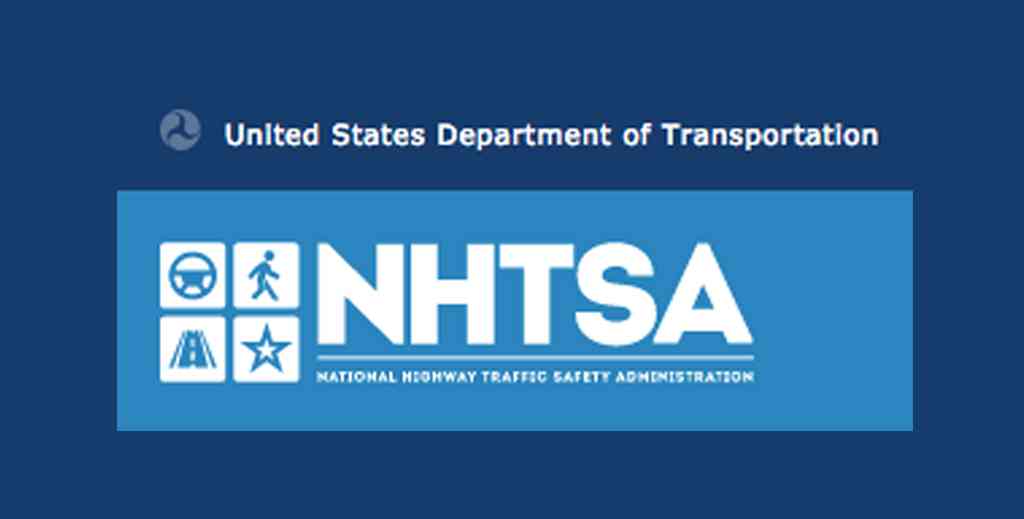Air Bags: NHTSA
Frontal air bags have saved more than 50,000 lives over a 30-year period.
Learn about the safety benefits of frontal and side air bags when used with seat belts — which will always be the best line of defense for drivers and passengers. Also receive important guidance on how to safely position yourself and your passengers, as well as young ones in car seats and booster seats to prevent injury from air bags in a crash.
Air bags are supplemental protection and are designed to work best in combination with seat belts. Both frontal and side-impact air bags are generally designed to deploy in moderate to severe crashes and may deploy in even a minor crash.
Air bags reduce the chance that your upper body or head will strike the vehicle’s interior during a crash. To avoid an air-bag-related injury, make sure you are properly seated and remember—air bags are designed to work with seat belts, not replace them. And children under 13 should sit in the back seat.
Air Bag Deployment
Generally, when there is a moderate to severe crash, a signal is sent from the air bag system’s electronic control unit to an inflator within the air bag module. An igniter in the inflator starts a chemical reaction that produces a harmless gas, which inflates the air bag within the blink of an eye – or less than 1/20th of a second. Because air bags deploy very rapidly, serious or sometimes fatal injuries can occur if the driver or passenger is too close to – or comes in direct contact with – the air bag when it first begins to deploy.
Frontal Air Bags
Sitting as far back from the steering wheel or dashboard as possible and using seat belts help prevent drivers and passengers from being “too close” to a deploying frontal air bag. This is why rear-facing car seats should not be placed in front of an active air bag, and children under 13 should be seated in the back seat.
Side Air Bags
Side-impact air bags inflate even more quickly since there is less space between the driver or passengers and the striking object, whether the interior of the vehicle, another vehicle, a tree, or a pole.
Click here for more information from NHTSA.



